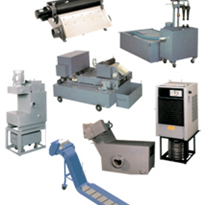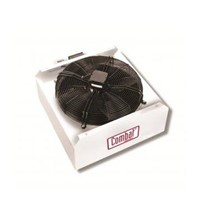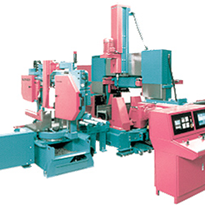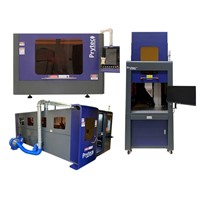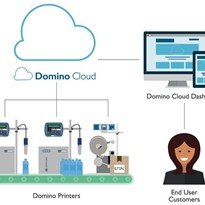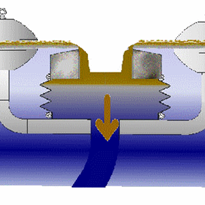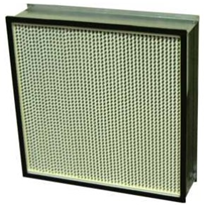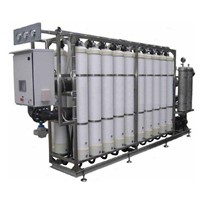Since filtration systems consume energy, they require regular maintenance and proper component selection to make sure they perform at their best.
Choosing high performing filters and housings will save you money while ensuring protection from harmful contaminants.
A few things need to be considered if you want to make sure your filtration system is performing at an optimum level and conserving energy.
How is filter performance measured?
The performance of a filtration system is measured based on three key variables.
- Efficiency - The filter's ability to trap contaminants of a certain type and size
- Capacity - The amount of contaminants the filter can trap before it plugs and creates unacceptable restriction to flow
- Differential Pressure - The resistance to flow, based on the combination of the filter housing, element, and contaminants trapped in the filter
The differential pressure (also commonly referred to as pressure drop, delta P, dP, ΔP) is the metric that is directly related to energy savings. All three of these variables are design trade-offs, and must be considered together when creating a well-engineered filtration system. An ideal system will have a high efficiency, a high capacity, and a low differential pressure.
What is pressure?
Pressure is a measure of the resistance to flow and the potential energy density available to perform work.
Energy isn't cheap. In fact, it's quite pricey. It’s therefore desirable to be able to use as much of the energy that is pumped into a system as possible. This will allow you to do useful work, such as transferring liquid products though tanks and pipes.
And since pressure is a measure of available energy, we want to conserve as much as possible by using the correct sized filters and replacing them on a regular maintenance schedule.
What is differential pressure?
Differential pressure is simply the difference in pressure between two points in a fluid system. It describes the loss of energy available in a liquid or gas system. However, the energy isn't 'lost' in an absolute sense. Rather, the energy is converted to thermal energy, which is unavailable to perform useful work.
Since all gases and liquids have mass, any directional change in flow results in a direction change with a corresponding differential pressure. Since all liquids and gasses have viscosity, all relative motion between the fluid and a pipe or ancillary device results in a certain degree of viscous or frictional differential pressure.
As contaminant builds on a filter media, it reduces the amount of available flow paths, which is registered as an energy wasting pressure drop.
So, what does differential pressure tell us?
Differential pressure is measured either by an indicator on the filter housing itself, or by using an in-line gauge upstream and downstream of the filter housing. It is a measure of all resistances to flow across the filter system and typically includes the loss through the orifices or ports, the resistance of the clean filter media, and the resistance of contaminants collected on the filter media.
Changes in the differential pressure is an indication of physical changes in the filters. A sudden drop in differential pressure drop may alert us to a filter leak or rupture. As contaminants build on the filter, the pressure drop across the filter increases. Filters reaching terminal pressure drops should be serviced accordingly - either promptly changed out, cleaned or sterilised.
Choosing high quality components that are designed specifically to deliver the highest performance with the lowest pressure losses is a great way to provide energy savings while maintaining equipment performance.


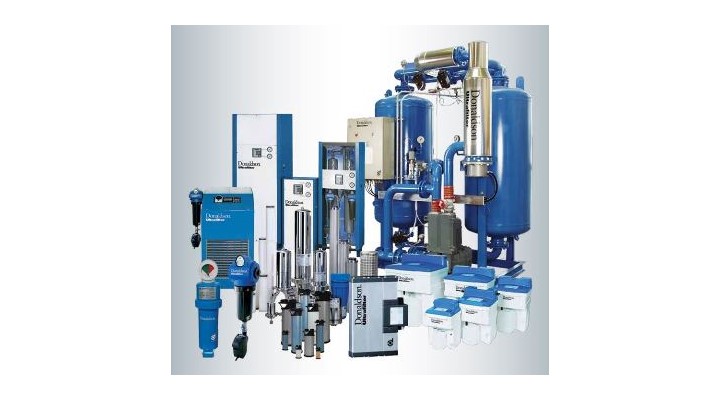
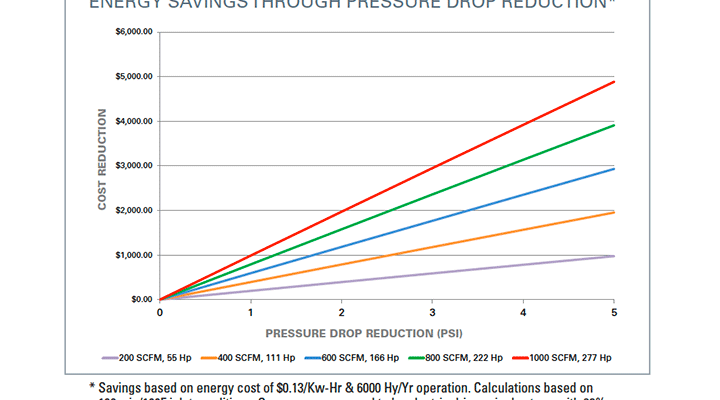
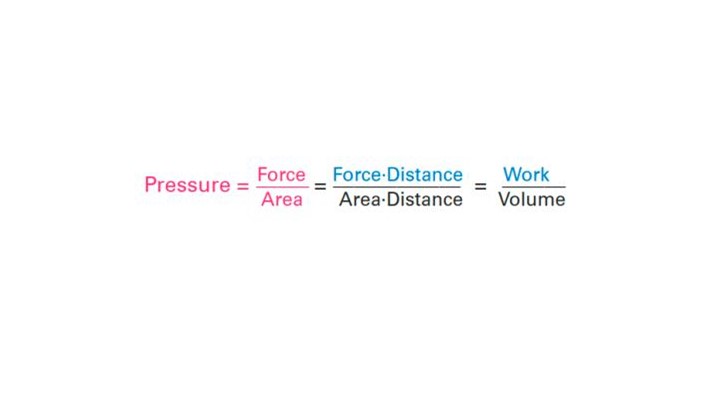




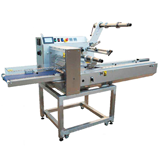


-160x160-state_article-rel-cat.png)
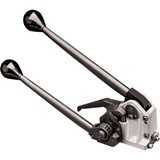






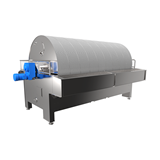
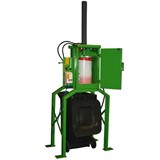



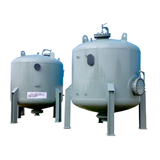
-160x160-state_article-rel-cat.png)

